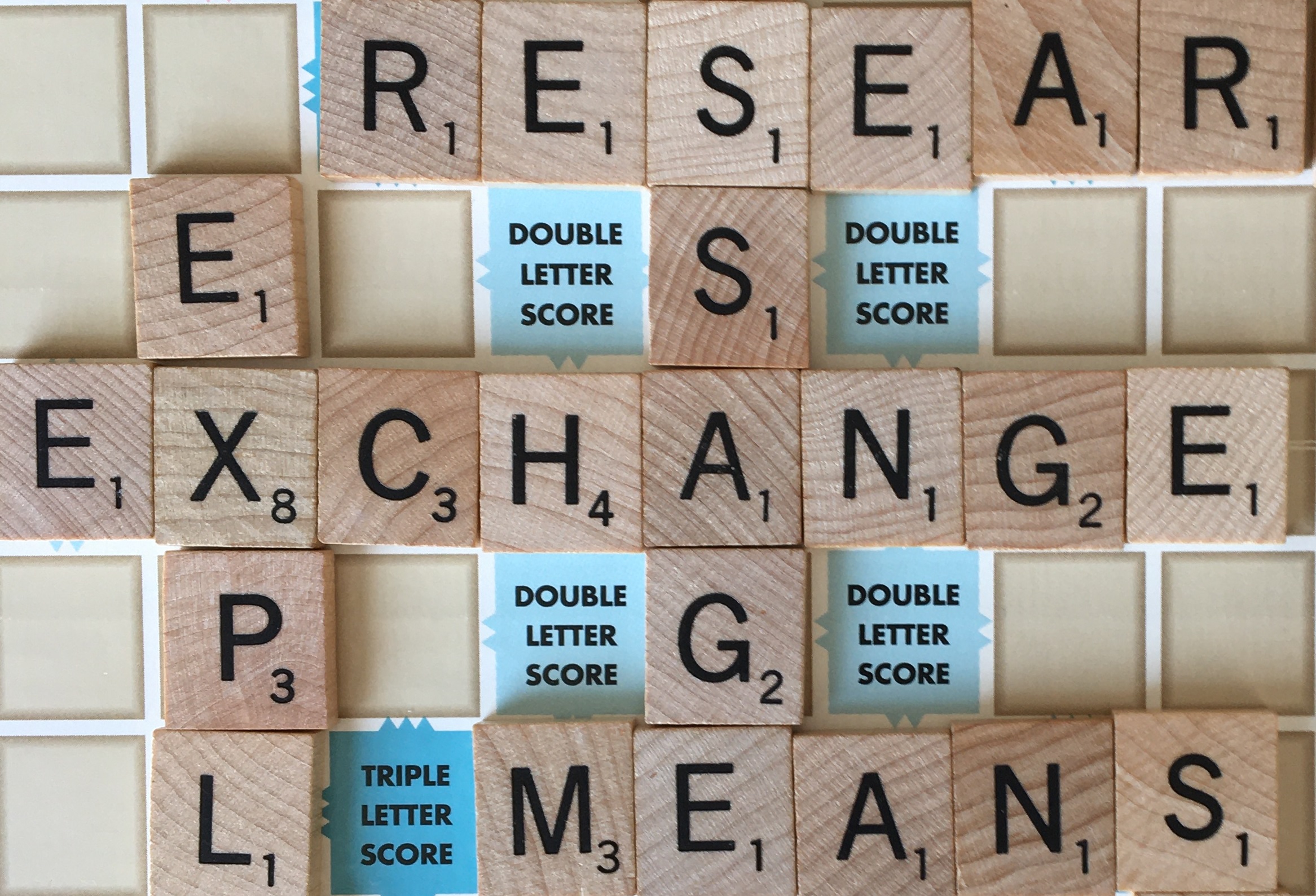Background on Text
A few posts back, I began answering the question Why does the Rheme matter to Message? Well, my answer's been long, but to be basic here, I'll just say, The Rheme matters because it picks up the bulk of material in most clauses, and as normally happens, the Rheme crisscrosses with another systemic element, the New, thus making it the focal point of most every reader's attention. So, to put it plain, the Rheme carries the Message forward in a text — that's how it matters.
Okay, so now I'm going to use the next two posts to parse the system of Given-New in, again, the sections III and VII of Towards Evaluating the Robustness of Neural Networks (2017 S&P). The content of the paper has not been changed, only enhanced in order to demonstrate just how that content is communicated.
I have chosen the same sections again so that you can place these parses of Given-New side by side with the parses of Theme-Rheme — in Parts 5 through 8 of this subseries. That exercise will make apparent how the two systems are, in their separate ways, foundational to Message in text. A solid understanding of how Theme-Rheme and Given-New intersect and interact will certainly improve your appreciation of text, and a good appreciation of text improves your understanding of the research content in text.
So, for this post, you can download my parse here. In it, I parse the system of Given-New in section III.
Please email comments or questions to daniel.shea∂kit.edu
This blog is for you.

